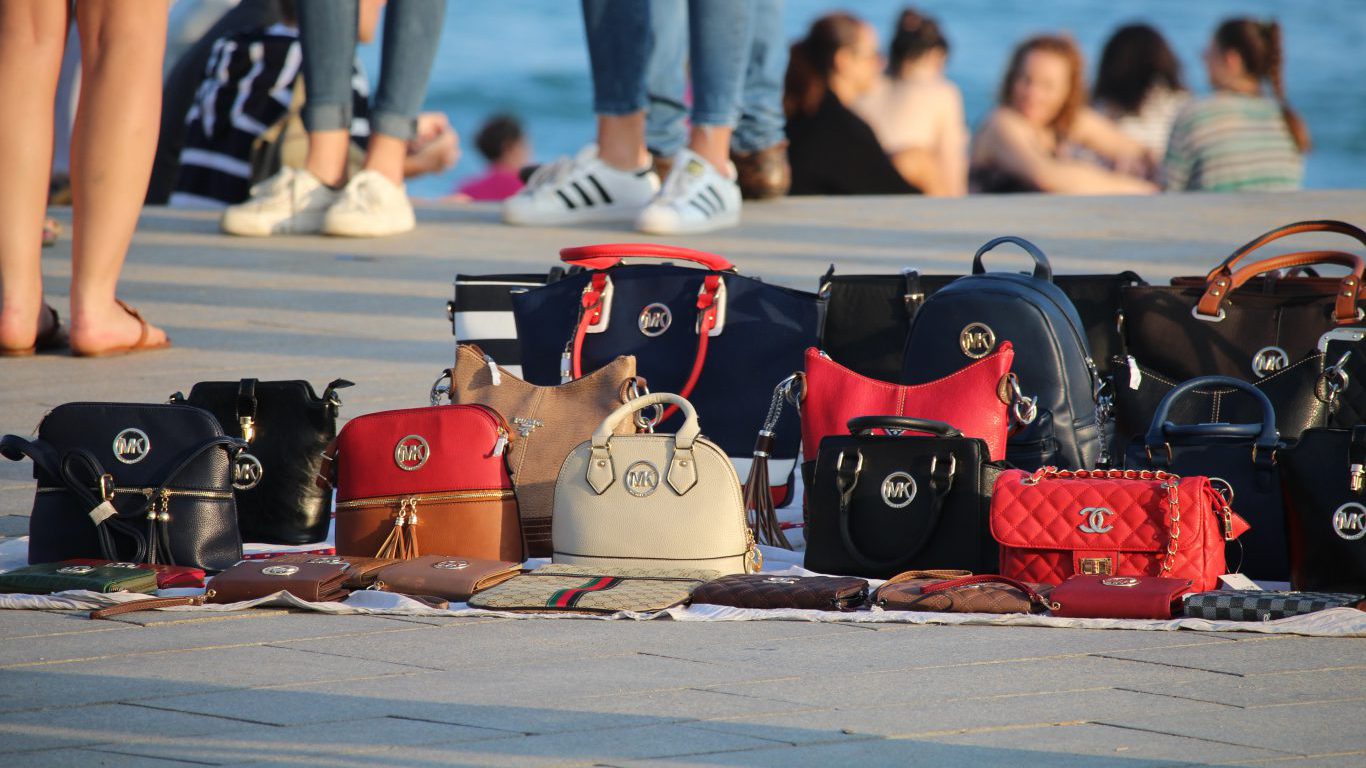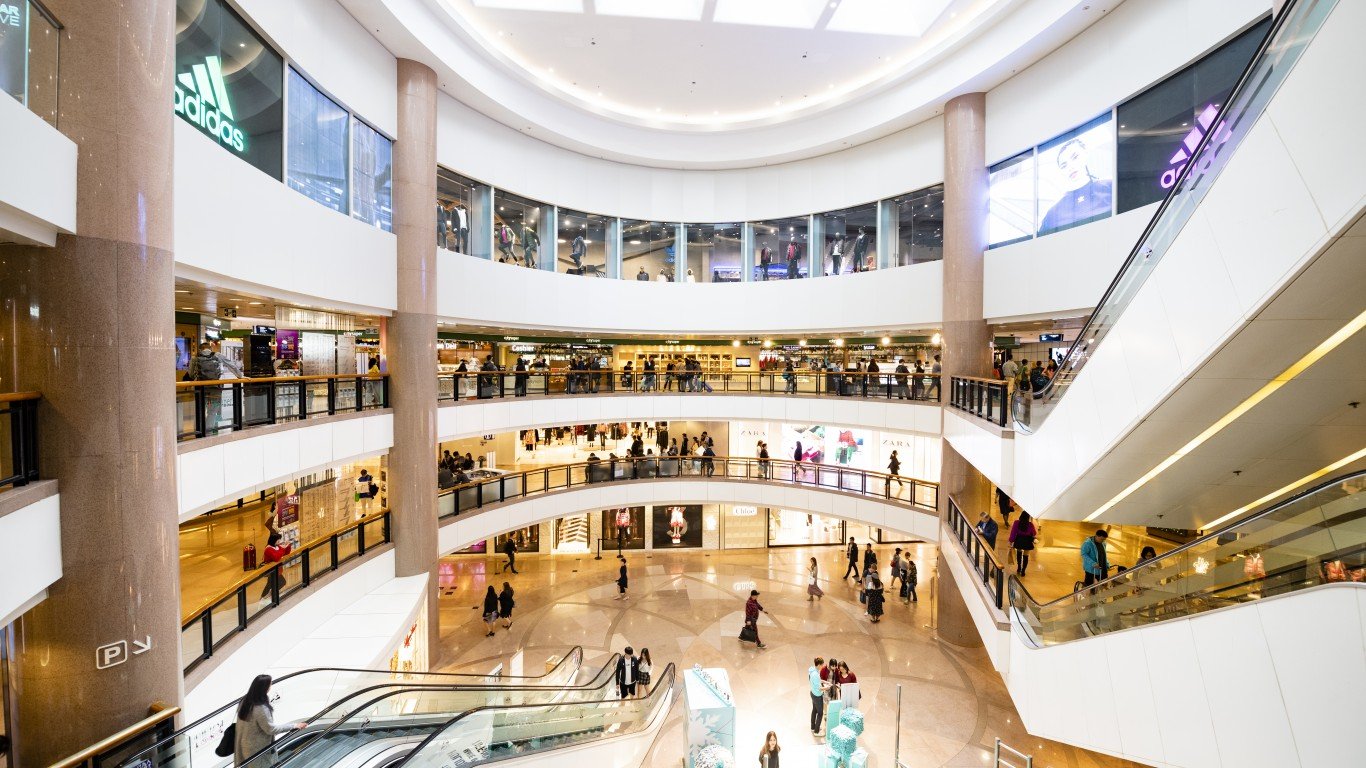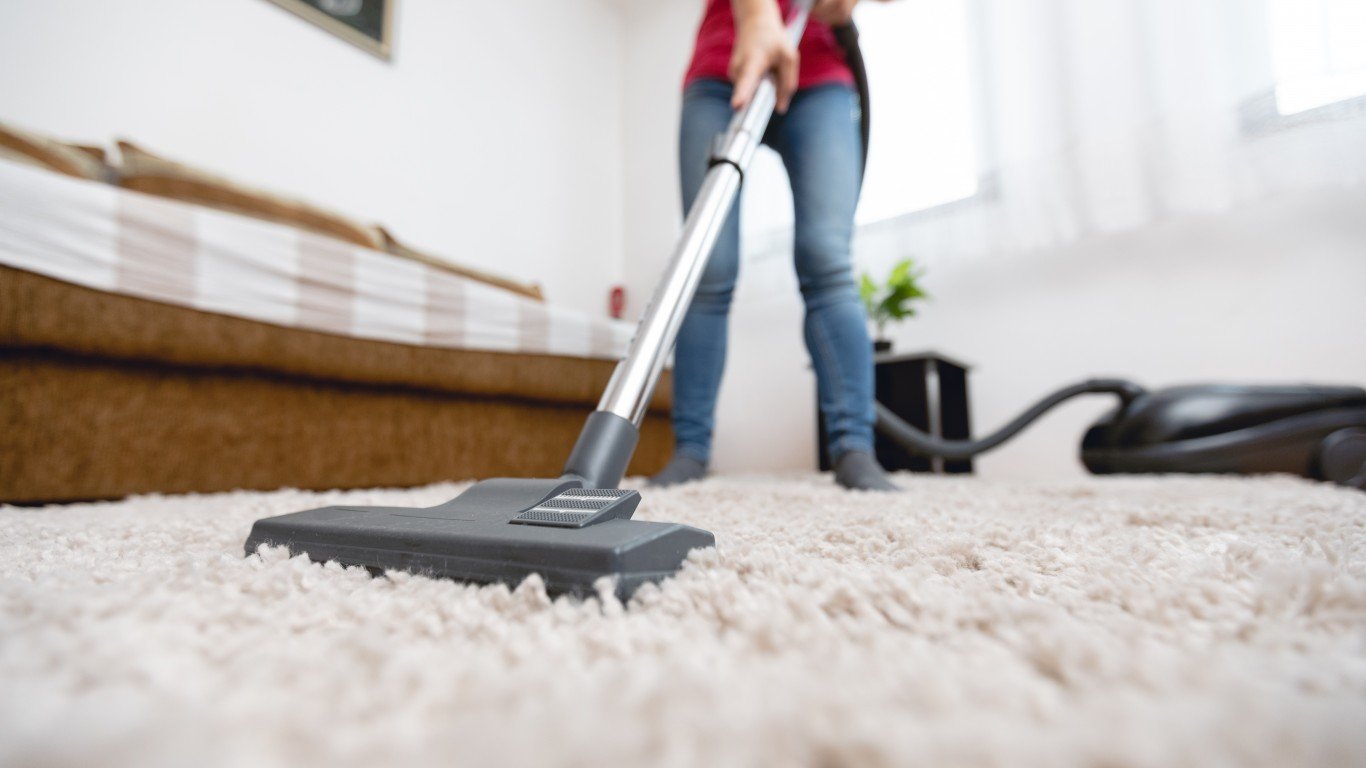

In the three years between 2013 and 2016, the volume of global trade in counterfeit and pirated products rose by more than 10%, from $461 billion to $509 billion. As a percentage, trade in such goods rose from 2.5% of all international trade in goods to 3.3% over the three-year period.
In the European Union, the percentage of fake goods imported rose from 5.0% in 2013 to 6.8% in 2016, to total an estimated $134 billion. That total is up from an estimated $116 billion in 2013.
Fake or pirated items include luxury items like fashion apparel and watches, intermediate products such as machines and spare parts, and consumer goods related to personal health and safety, including pharmaceuticals, food and toys.
The data were published last week by the Organisation for Economic Co-operation and Development (OECD) in a reported titled “Trends in Trade in Counterfeit and Pirated Goods.” Those totals do not include goods that were domestically produced and sold or pirated goods sold over the Internet.
The OECD notes that fake goods come from virtually every country, but that China and Hong Kong “continue to be by far the biggest origin.” The United States, the EU, Japan and Korea continue to be the primary targets for fake and pirated goods.
Since 2013, counterfeiters have been shipping more fake goods in small packages through national postal services and express delivery services. Prior to that, shipments by container ship dominated. That made it easier for customs authorities to seize faked and stolen goods. More than two-thirds (69%) of all shipments seized by customs authorities had been transported by mail or express delivery. Shipments including fewer than 10 items accounted for about 85% of all seizures.
The report draws a distinction to consumers who buy a fake item unwittingly and those who knowingly purchase the fake. Nearly 60% of counterfeit sales were made to consumers “who actually knew they were buying fake products.” These consumers do so for a variety of reasons: the item is hard to get and, therefore, is assumed to have a high value; the “thrill of the hunt” for fake goods; a desire to be part of a “secret society”; or because they are genuinely interested in acquiring fakes.
As counterfeiters take greater advantage of the lower risk of detection by shipping small packages rather than container loads, the rate of seizures declines. Customs agencies also expend more money and effort trying to stop the flow of illegal arms shipments, illegal money transfers and human trafficking than they do on staunching the flow of counterfeit goods.
The full OECD report is available at the organization’s website.
Sponsored: Attention Savvy Investors: Speak to 3 Financial Experts – FREE
Ever wanted an extra set of eyes on an investment you’re considering? Now you can speak with up to 3 financial experts in your area for FREE. By simply
clicking here you can begin to match with financial professionals who can help guide you through the financial decisions you’re making. And the best part? The first conversation with them is free.
Click here to match with up to 3 financial pros who would be excited to help you make financial decisions.
Thank you for reading! Have some feedback for us?
Contact the 24/7 Wall St. editorial team.



